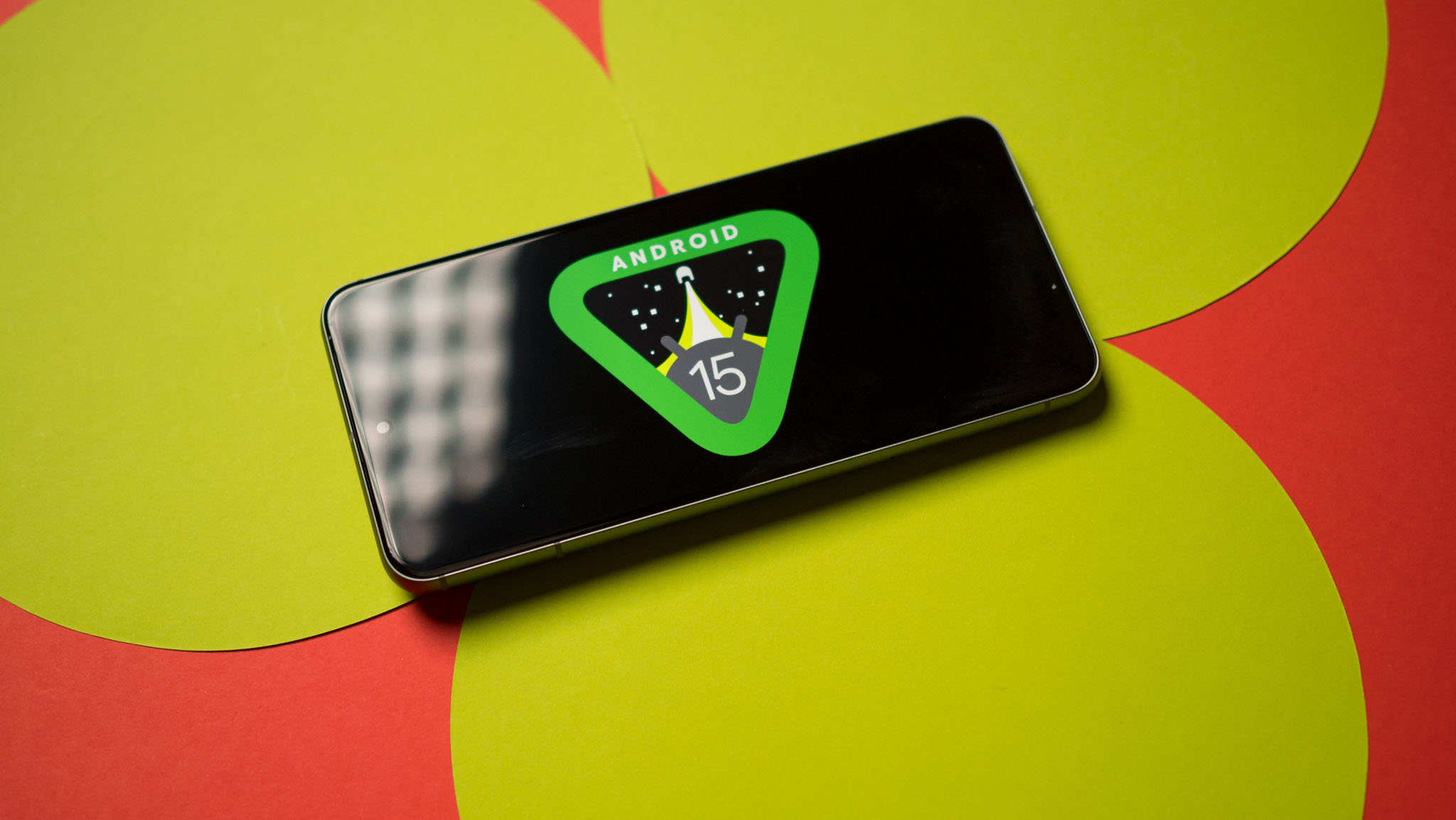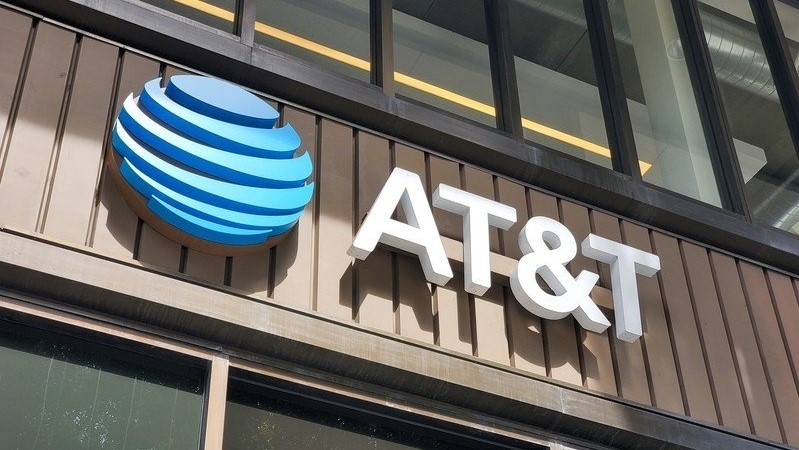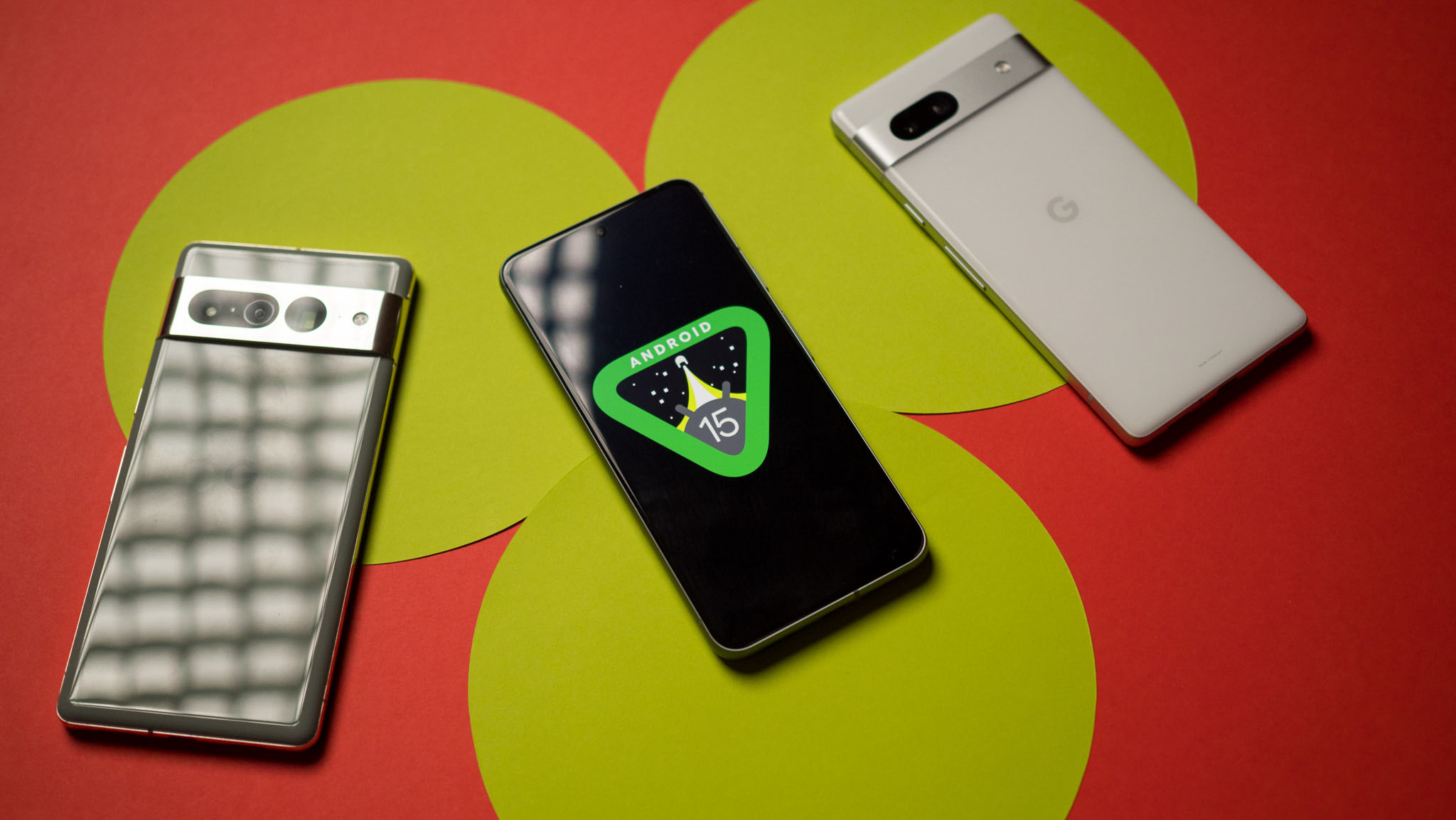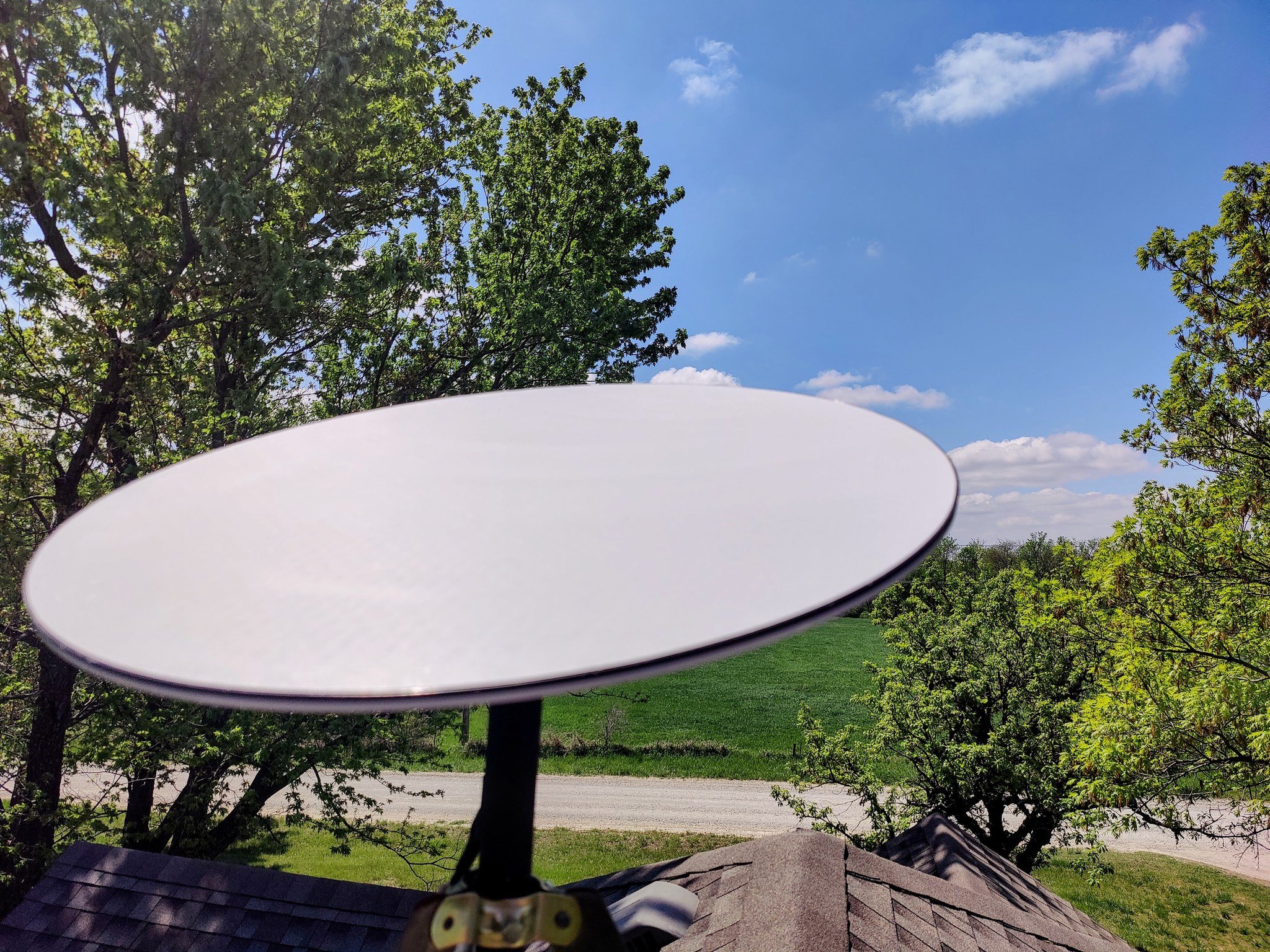
What you need to know
- Last week, Google News and Verizon joined a growing list of critical services that have faced widespread outages in 2024.
- Both services are back up and running, but the Verizon outage specifically left users unable to communicate for hours.
- These issues call the reliability of websites and messaging services into question, but satellite connectivity might be able to help.
It doesn’t feel like it, but we’re almost halfway through 2024. So far, it hasn’t been a great year for critical digital infrastructure services. Carriers like AT&T and Verizon suffered major outages, Google News went down briefly, and iMessage became unavailable too at various points this year. Service outages are inevitable, but we’ve seen some big ones that could have had massive consequences.
Most recently, Google News/Discover and Verizon had service outages late last week in unrelated incidents. In the grand scheme of things, Google News becoming unavailable for a few hours probably isn’t that big of a deal. The same can’t be said for the other service outages we’ve seen so far this year. Verizon’s problem caused thousands of users across multiple states to lose connectivity from the evening of Thursday, May 30, through midday on Friday, May 31.
Good day, Megan! Thanks for sharing this situation with us.We're aware of a nationwide situation affecting multiple states.This isn't the experience we want you to have.We'll restore your service as soon as possible. If you have further questions, send us a dm.>EricMay 31, 2024
In a statement to USA Today, the company explained the situation. ”Some customers, primarily in Midwestern and Western states, experienced a service interruption for several hours yesterday,” a Verizon spokesperson said on May 31. “Our engineers worked quickly to solve the issue, and service was restored at 3 a.m. CT. Any customers still experiencing issues should power cycle their phones.”
Verizon’s support team replied to multiple user complaints on social media and said that most outages are resolved within 48 hours. The company took far less time to fix the problem this time, but it shouldn’t downplay the scariness of the situation. Simply being unable to connect with others for a few minutes, let alone hours, could have disastrous consequences. This is especially true in Midwestern and Western states, where the Verizon outage occurred since people are more likely to live in rural areas where a cell phone could be their only way to get help in an emergency.
Verizon was the carrier affected last week, but something like this could happen to any of the cellular carriers. In fact, AT&T suffered from a worse incident in February, when over 73,000 users lost service. Throw the iMessage outage into the mix—although it is less severe because SMS and MMS messaging can be used as a fallback—and you have a scary pattern developing.

It’s a reminder that the messaging services and cellular networks we rely on daily, and the ones that are used in life-or-death situations, are far from invincible. Still, there may be a light at the end of the tunnel. Android 15 is all but confirmed to support satellite messaging, and it could be the solution to 2024’s outage problem.
Why are so many services facing outages?

First, it’s important to note that we don’t know all the details behind the major outages that have occurred this year. AT&T said its February service issue stemmed from the “application and execution of an incorrect process used as we were expanding our network, not a cyber attack.” While Verizon acknowledged last week’s outage, it only referred to it as a “service interruption” and did not provide further information.
Apple’s iMessage service went down on May 16 between 5:39 PM ET and 6:35 PM ET, according to the company’s services status page. Apple didn’t give up much either, only saying that “some users were affected” and that “users were unable to use this service.”
Similarly, the Google News outage last week was fixed rather quickly, but Google didn’t say what went wrong.
This string of outages likely happened over the span of a few months by mere coincidence. They are all independent incidents, and outages do happen on occasion. However, given the importance of these services, it’s more alarming that they have all suffered major problems at various points throughout 2024.
How satellite messaging in Android 15 can help

It’s quite frightening to think that, if you were in need of assistance during a Verizon or AT&T outage, your means of connecting to first responders or family members could be restricted. That’s where satellite messaging might come in. Android 15 will add the feature, letting users on supported plans message anyone over satellite. This functionality won’t do anything to stop outages from occurring, but it could give users another way to reach people in the event a cellular network or messaging service suffers an outage.
We don’t know all the details of how Android 15 will integrate satellite messaging, but based on what we do know about how other phones and devices use satellite connectivity, it’s likely that satellite messaging will help in the event a service goes down. Satellite services use direct-to-cell connections, meaning that they work outside a carrier’s typical network of towers. T-Mobile, for example, is said to be partnering with Starlink to provide satellite messaging. So, if the T-Mobile network has an outage, it’s possible that users could still communicate using Starlink satellites.
Apple’s implementation of Emergency SOS via Satellite is further evidence of how satellite messaging could come in handy in an emergency. This iPhone 14 and iPhone 15 feature lets these phones connect to Globalstar’s satellite network, completely bypassing your carrier’s network. If an iPhone 14 or 15 user loses their cellular connectivity due to an outage, they can still use Emergency SOS via Satellite to contact help.
Android 15’s version of the feature could be even more useful. By all accounts, Android users will be able to use satellite messaging anytime Wi-Fi or cellular is unavailable, not just in an emergency. That would make it more helpful in the case of a network outage.
Satellite could be the future of connectivity, beyond just messaging

If anything, these service outages should emphasize satellite as the future of connectivity. Starlink is doing some amazing things, and it extends far beyond satellite messaging on Android 15. It has brought high-speed internet virtually anywhere on earth — and in the sky, by way of planes, as well as the sea, via ships. It’ll only get better from here, and it could make massive outages a thing of the past.







